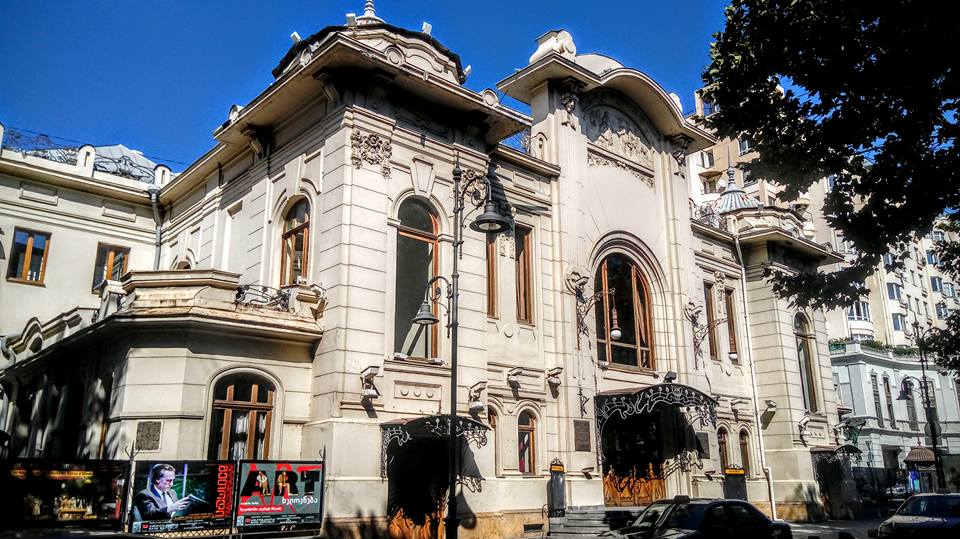Behind crumbling facades and a patchwork of paint and plasterwork, the neglected legacy of Georgian art nouveau is hidden in many buildings in Tbilisi.
Despite years of rejection during Georgia’s dark Soviet past when it was considered to be an unimportant art form, some of the finest examples of art nouveau in Europe can be found in the city. Although it is slowly gaining academic recognition, little attention was paid to Georgian art nouveau for a long time. Some academics believe the art movement came to Georgia via modernist movements from France and Germany which trickled down through Russia, whilst others say it came directly across the Black Sea.
One thing is certain: Georgia developed art nouveau into their own art movement at the turn of the 20th century. The once incredibly popular style, synonymous with glamor and luxury, has much been forgotten in Georgia. Its condemnation by the Soviet regime as “a crime of ornamentation” due to its connection with the bourgeois of society led to years of neglect and decay.
Nonetheless, the curved lines and decorative motives, asymmetrical shapes and natural forms are not completely lost. Classically art nouveau, iron-railed stairways and detailed tiles linger among the flaking buildings waiting to be discovered in many of Tbilisi’s cinemas, theaters, shops, and industrial buildings.And, you can now do an art nouveau walking tour to find them.
3B I.KARGARETELI STREET
The oldest example of art nouveau is a residential house on Rome Street, once known as Vartisikhe Street. Tucked away behind 36 Agmashenebeli Avenue, the crumbling facade is adorned with multi-colored tiles and undulating iron balconies, the work of Georgian architect Simon Kldiashvili. The stripped walls and naked brickwork are a reflection of the bad maintenance and neglect of the work of one of Georgia’s most prominent art nouveau architects.
KOTE MARJANISHVILI THEATER

Built in 1907 by Simon Kldiashvili, the Kote Marjanishvili Theater combines the French style of art nouveau with Georgia’s “still modern” interpretation. The green ironwork at the front of the building is easily comparable to Paris metro stations. Shops, industrial buildings, theaters, and cinemas also carried the style. The Kote Marjanishvili Theater, built in 1907 by S.
Krichinski, captures the spirit of the age. Originally known as the K. Zubalashbili People’s House, named for the building’s commissioners the Zubalashvili brothers, the Marjanishvili Theater marries French style art nouveau with Georgian “still modern”.
THE APOLLO CINEMA
The Apollo Cinema, dating back to 1909, was once a thriving movie theater, where the introduction of art nouveau along with the art of film arrived simultaneously in Georgia. However, the Apollo cinema has become a tragic testimony to the neglect and risk hanging over the art nouveau heritage of the Georgian capital. The building was listed among Tbilisi’s most endangered monuments, and until recently it was on the verge of condemnation. While its restoration may have saved the building from being torn down, the Apollo
has undergone poor renovations, which resulted in the loss of its original features. The need to put Tbilisi’s unique examples of art nouveau on the map has been noted in
recent years. Hopefully, it will soon receive the recognition it deserves before it is too late.
By Amy Jones
Main photo: Rufina Kirilina
